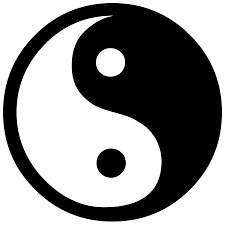This week I read a very simple description about the roles of tango dancers that was buried in amongst a sea of technicalities and very long words.
The description was:
…that it is the leader’s responsibility to say what we do – but it is the followers responsibility to say how we do it.
I thought that this was quite brilliant on so many levels. And to me the very much more interesting part is the followers role – the how.
“What” in comparison seems two dimensional and dull.
As we learn tango of course the early times are focussed on what we do. This makes sense. We cannot decide how we will do something until we know what it is we are doing.
This I think creates a potentially significant problem for both the follows and leaders.
For the follows their first experience of learning is – and has to be – about all the wrong things – things that are not actually the intended focus for their role in the partnership. They too have to learn the what.
They therefore concentrate on being competent and matching what is lead by reciprocal movements that keep the couple together, that make sense for the leader and allow the flow of the dance to continue. And for a long time this is how they judge themselves during and after a dance – “was I able to virtually instantly reciprocate what was asked?”
For leaders it can lead to a mindset that what is important is in fact what I lead – even though they are told again and again in more intermediate classes that this is far from the case.
In fact I begin to think that perhaps this is a framework within which to understand the change in focus that happens as we begin to become slightly more competent at dancing Tango.
To me the nature of the learning needs to move much more into how – for both leader and follows. And in case I am causing confusion I do not mean in anyway “how” as in how we do a figure. That was the early lessons – the first couple of years.It is part of the beguiling world of Tango that it has a seemingly endless range of possible figures that can keep the student learning the what long after it was of the slightest importance.
Instead I mean how in terms of the expression of the emotional content -the musicality, phrasing and styling.
It is the near instant response from the alert and listening leader to the follows decision on
how she wishes to move right now
that creates such an amazing conversation between two people.
The landscape within which these decisions are made is of course set by the music. But the ultimate referee on the choices we make is surely how much we enjoyed the dance together. This comes from how we interpret each other, how relevant to each other our conversations were, and how appropriate they felt in the context of the music.
And the joint decisions that make up these conversations are always, always about “how” – because ultimately the “what” was indeed largely determined by the leader, and a monologue is absolutely not a conversation.
And if the follower does not learn to leave the what response behind and instead to give so much more back on active decisions about how – then we are once again back in the world of monologues even in the arms of the best and most caring of leaders.

